It can feel like a lifetime during the cold winter months before your vehicle warms up to a comfortable temperature. You might be tempted to rev the engine to speed up the warming process, but does that work? Let's take a look.
Revving your engine to make it warm up faster is actually counterproductive. When you rev your engine before the oil has time to circulate, it can cause engine damage. This is because the oil in your engine needs time to warm up to lubricate the engine components properly.
We get it; getting in a cold car is not fun. This article will discuss why you shouldn't rev your engine to make it warm up faster and what you can do instead. In addition, we will answer other frequently asked questions about vehicle engine warming.
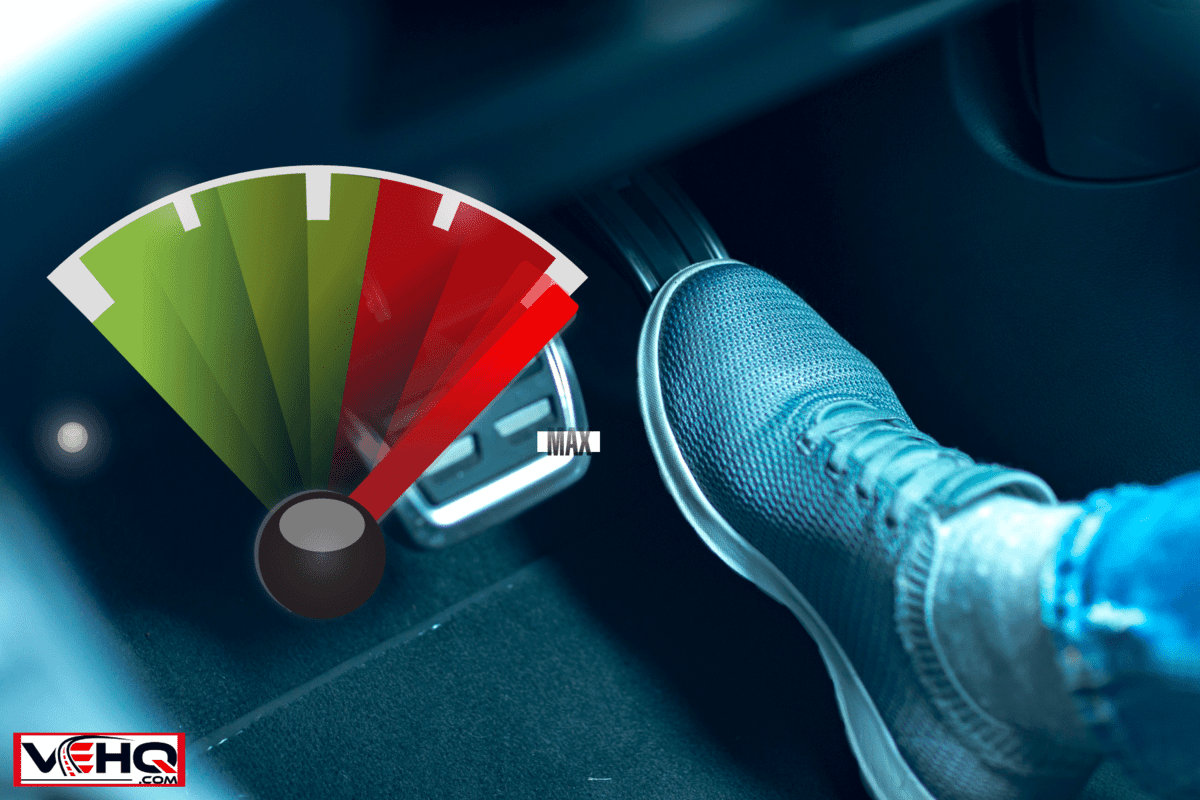
Why You Shouldn't Rev Your Engine to Make It Warm Up Faster
When you rev your engine, it can cause engine damage. This is because one of the primary purposes of oil is to lubricate the engine components.
When the oil is cold, it is thick and doesn't flow as easily. This can lead to metal-on-metal contact, which can damage the engine components.
In addition, revving the engine can also cause condensation to form on the cylinder walls. This can dilute the oil and make it less effective at lubricating the engine components.
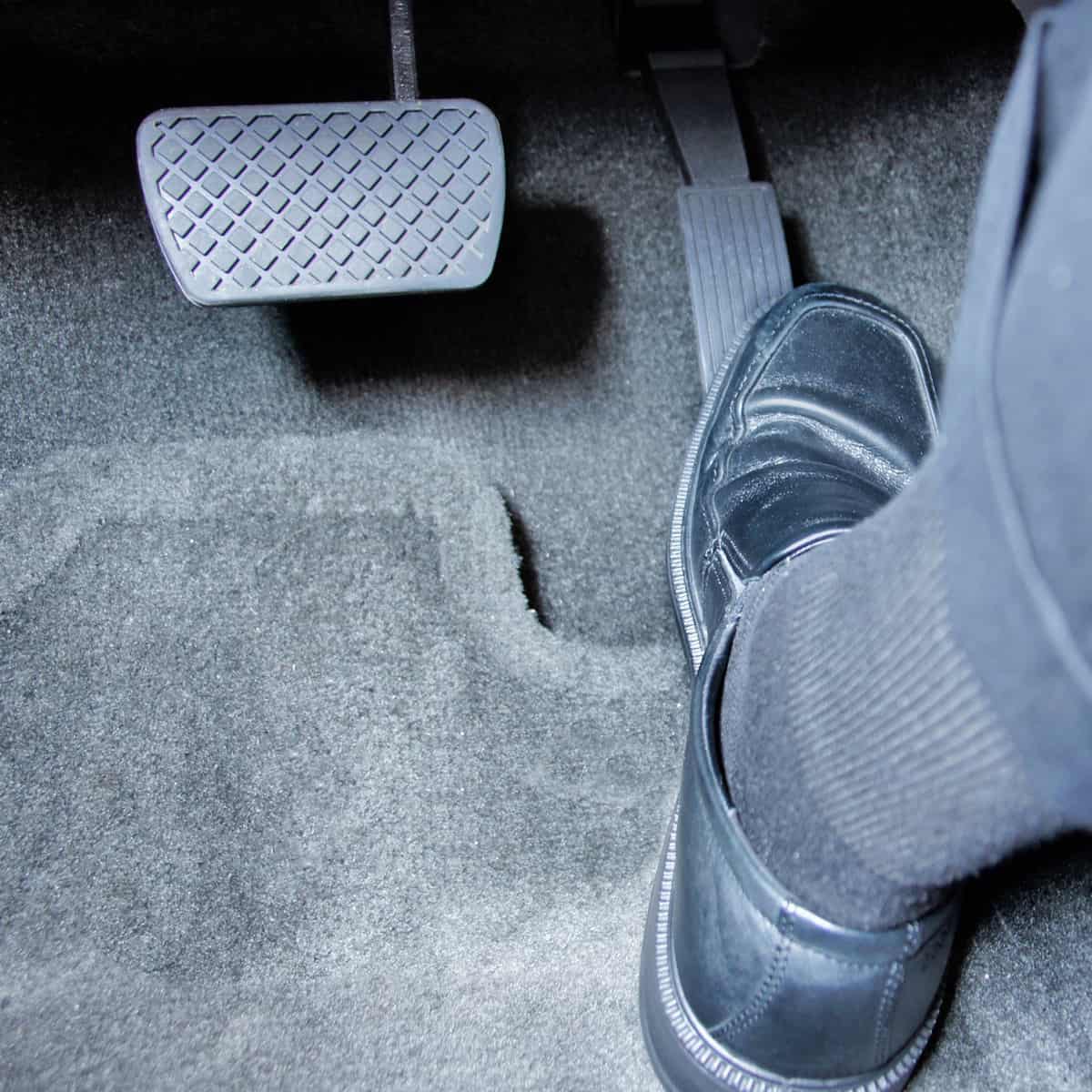
In addition, revving your engine wastes fuel. Your car's engine is most efficient when warmed up and running at a consistent speed.
If you're looking to prolong the life of your engine, it's best to avoid revving it up before it's had a chance to warm up.
So, what should you do instead of revving your engine to make it warm up faster? Let's take a look.
What to Do Instead of Revving Your Engine
There are simple ways to make your car warm up faster without revving the engine.
Park in a Garage
If you have a garage, park your car in it overnight. This will help protect your vehicle from the cold and make it easier to warm up in the morning. If you don't have a garage, try to park your vehicle somewhere it is covered from the elements.
Use a Block Heater
A block heater is a device that helps to warm up your engine before you start it. It works by circulating heated coolant through the engine block. This can help to reduce wear on the engine and make it easier to start in cold weather.
If you live in an area with cold winters, a block heater is a worthwhile investment. You can find them at most auto parts stores.
Start it Earlier
If you know it will be cold outside, try to start your car a few minutes earlier than you need to. This will give the engine time to warm up before you start driving.
Remote Start
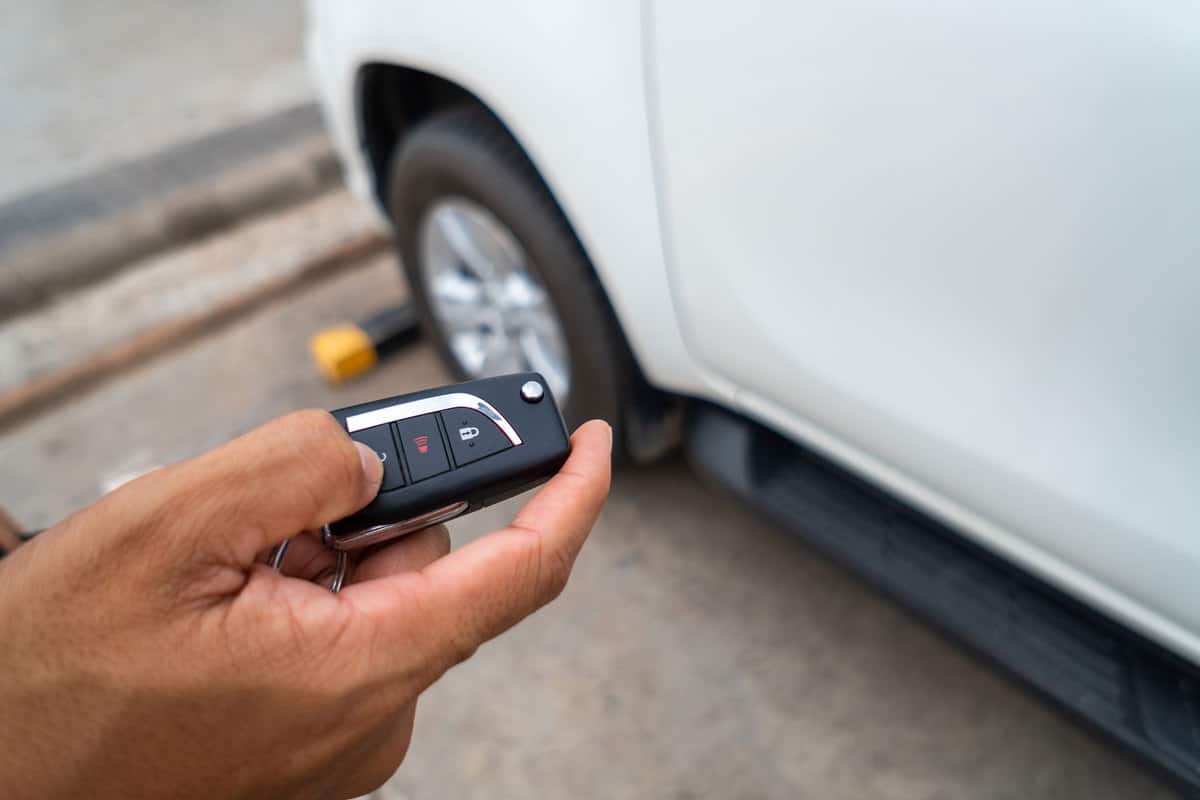
To help with starting your car earlier, you can install a remote start system. This will allow you to start your car from the comfort of your home.
Note: If you have a manual transmission, you should not use a remote start system as it can damage the transmission.
Drive the Car
Driving your vehicle will help to warm up the engine faster. The engine will reach its optimal operating temperature more quickly as you drive. You still need to give your vehicle's engine a few minutes to warm up before driving at high speeds.
If you live in a region where temperatures drop below zero, it will take a long time before the vehicle hits a comfortable temperature idling. In this case, you may want to look into a block heater.
Turn the Ignition On
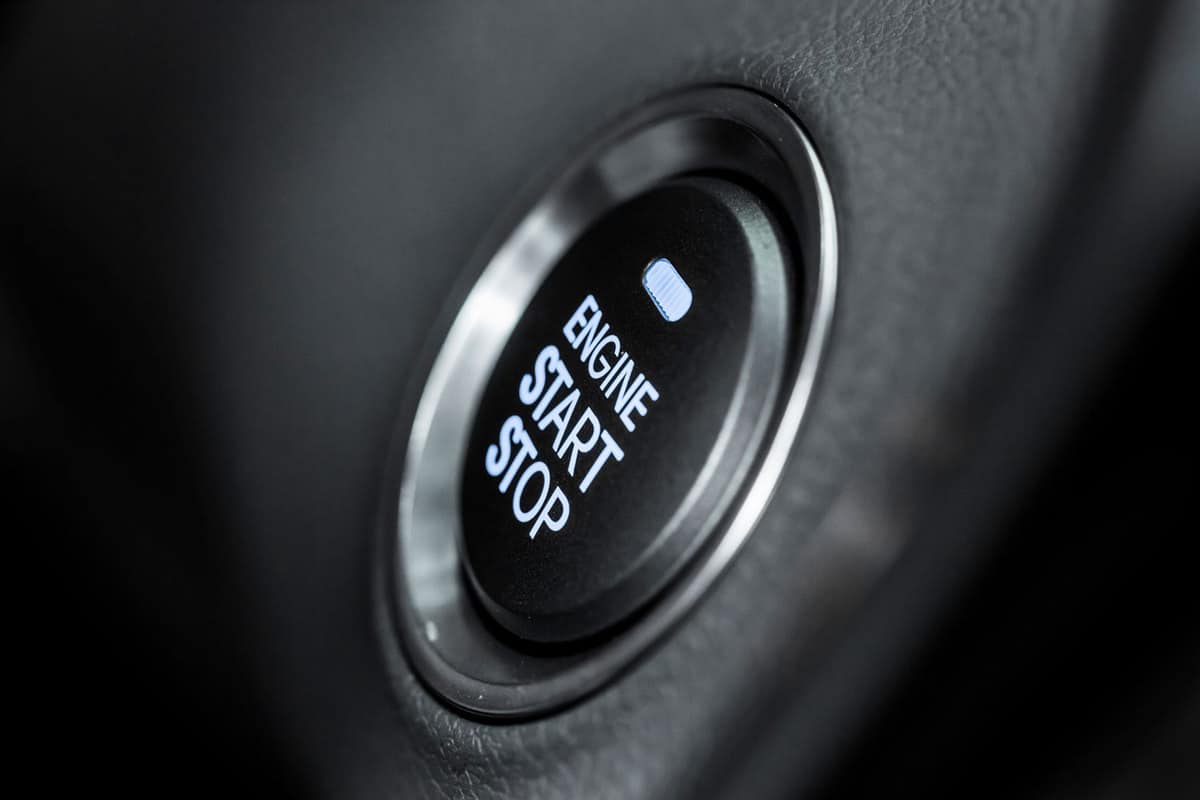
Turn the ignition to the "ON" position before you start it. This will give a quick charge to the battery and will help to make sure that the engine starts more easily.
Keep Snow Off
Letting snow pile up on the hood and windows will add cold air to the cabin and make it harder to heat up. Be sure to brush off the snow before you start driving.
Install Heated Seats
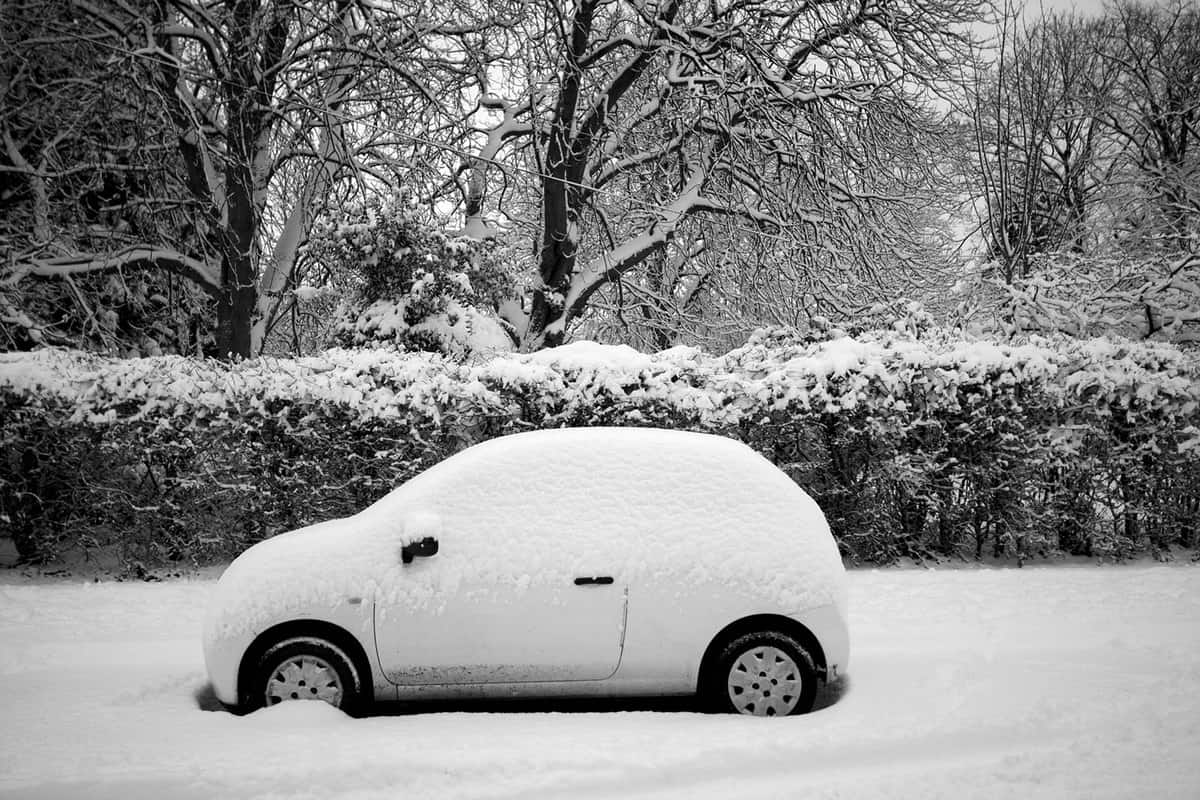
While this won't help warm up your engine, it will make the cabin more comfortable while waiting for the heat to kick in. If you live in a cold climate, heated seats are a great way to stay comfortable during the winter.
At what temperature do you need to warm your car?
Most carmakers recommend warming up a cold engine for about 30 seconds when temperatures are below freezing. However, this might not always be the case, depending on your climate.
In areas with frigid winters, it might take a minute or two before the engine temperature rises to its optimal operating level.
If your vehicle has issues starting in cold weather, you may want to consult a mechanic for further advice. They can help troubleshoot the problem and advise how to best warm up your car in extremely low temperatures.
They may recommend installing a block heater or other aftermarket devices to help with starting your car in cold weather.
Does revving the engine help jumpstart?
So we have covered that revving your engine does not help it warm up any faster. But what about using revving to jumpstart a dead battery?
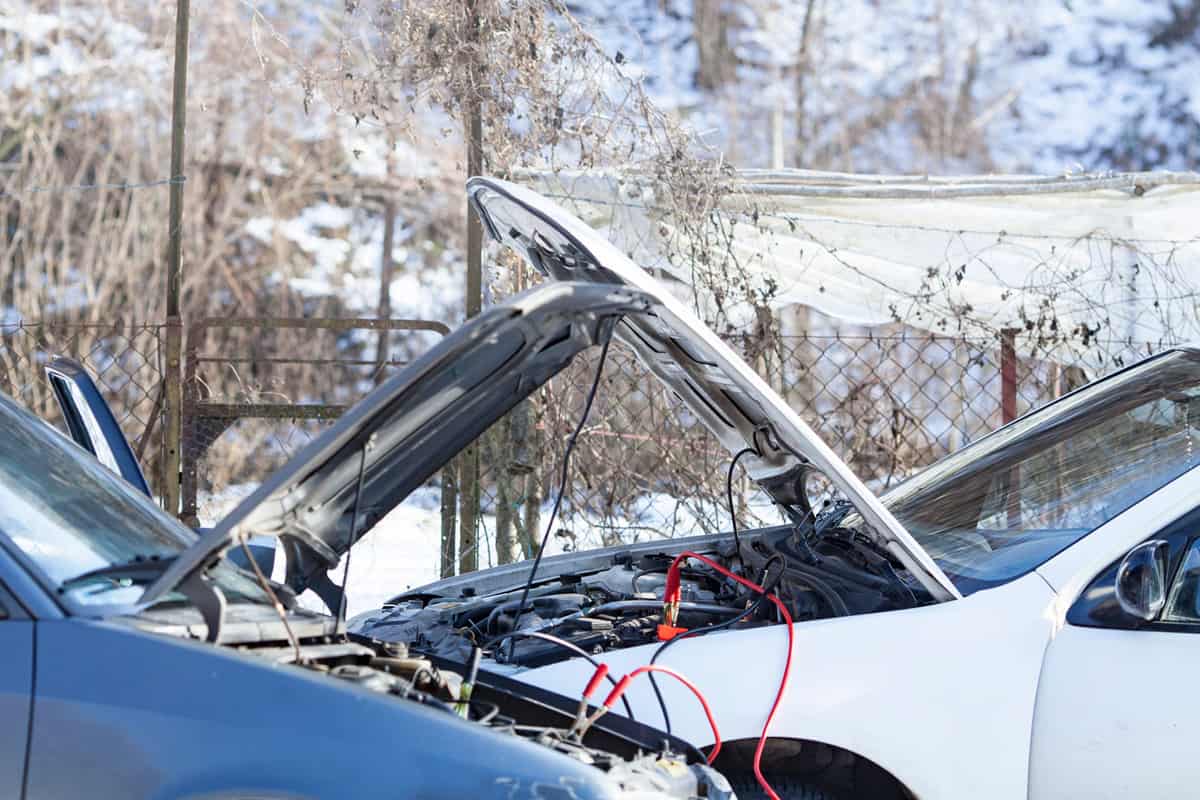
The answer is yes and no. By revving the doner car within 2,500-5,000 RPMS for 30 seconds, you can generate enough power to jumpstart your car. In addition, holding the RPMs will make the alternator generate more power, which can then help to recharge the dead battery.
When doing this, make sure that all of the electronics are off on both vehicles, so no power is being drawn. And be sure to pay attention to your surroundings, as the engine noise can get loud during this process.
However, avoid flooring the accelerator as this can cause damage to your engine. Instead, hold a steady RPM for 30 seconds while the other person tries to start the vehicle.
Can you rev with the clutch in?
It may seem like a good idea to rev with the clutch in to help warm up the engine. However, this can ruin the clutch and cause damage to the transmission.
In addition, there is a risk of ruining the crankshaft if you rev with the clutch in for too long. So it's best to avoid this practice and just let the engine idle until it warms up.
Why won't my car start when it's cold outside?
There are several reasons why your car may not start in cold weather. The most common reason is that the battery is too weak to turn over the engine. However, this can be caused by several factors, such as leaving the lights on or not driving the car often enough.
Another possibility is that the fuel has gelled and clogged the fuel lines. This can happen if you use the wrong type of fuel or if the fuel has been sitting for too long.
You should also check your oil level and ensure it is not too low. If the oil is too low, it will not be able to lubricate the engine properly, leading to starting issues.
Lastly, cold weather can cause the engine itself to seize up. This is more common in older vehicles that have not been well maintained.
If your car won't start in cold weather, the best thing to do is call a tow truck or roadside assistance. They will be able to help you troubleshoot the problem and get your car started.
In addition, if you have a jump box or a donor car, you can try to jumpstart the battery. Just be sure to follow the safety precautions outlined above.
Can revving your car cause a fire?
While it's possible to cause a fire by revving your car, it's not likely. If an oil or gas leak ignites, the engine will only catch on fire.
The most likely outcome is that you will damage your engine by revving it too high. So it's best to avoid revving your engine excessively to be safe.
Final Thoughts
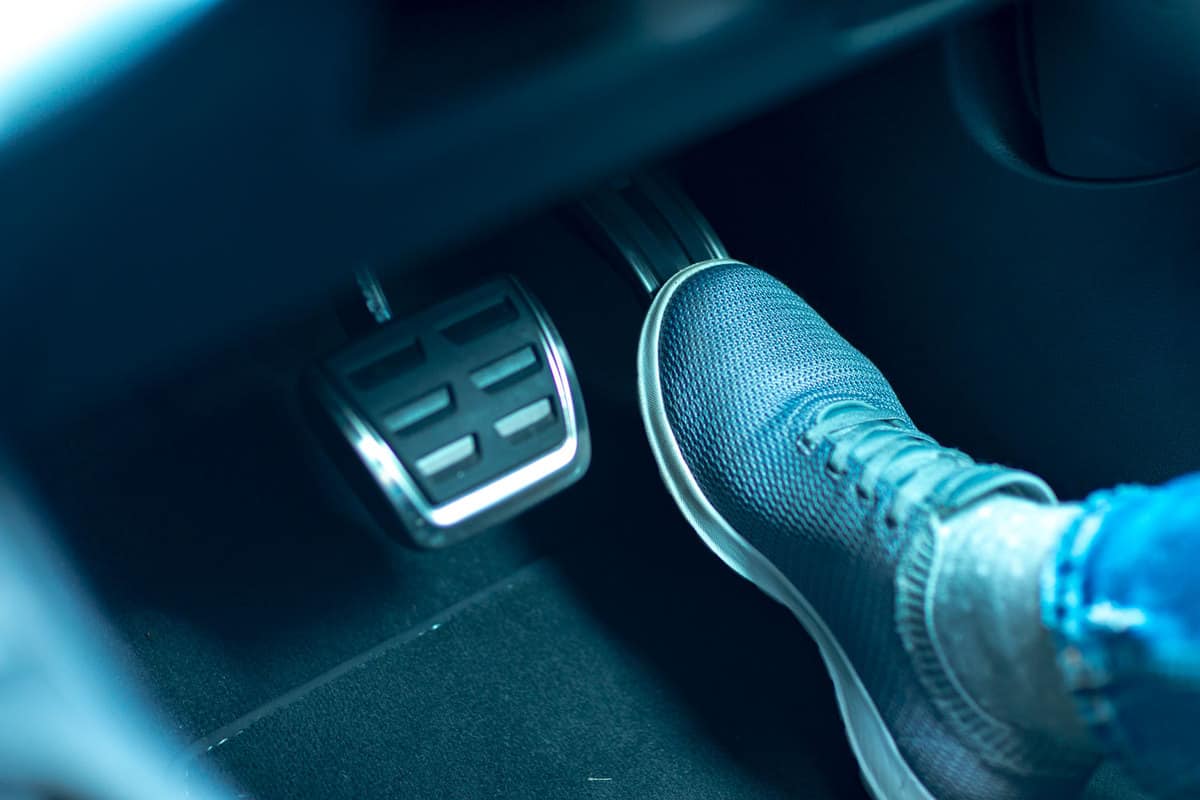
Warming your car in cold weather is important to ensure that your engine runs properly. Give it a few minutes to warm up before driving off. And if you live in an area with freezing winters, consider installing a block heater to help make starting your car easier.
Wait, don't leave yet! Here are other articles we think you'll find helpful:
Car Temperature Gauge Rises Then Falls – What To Do?
